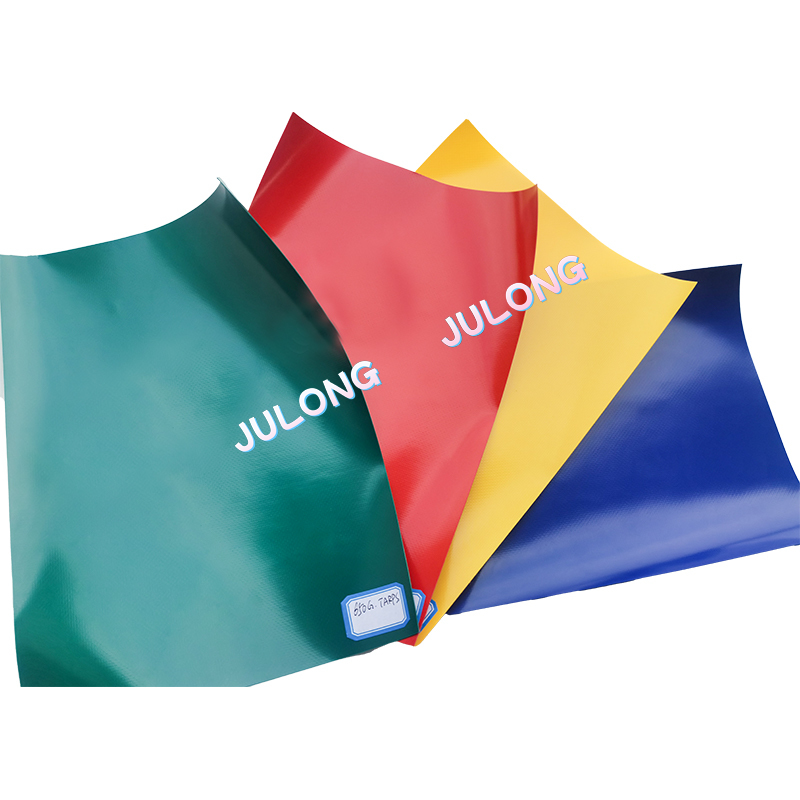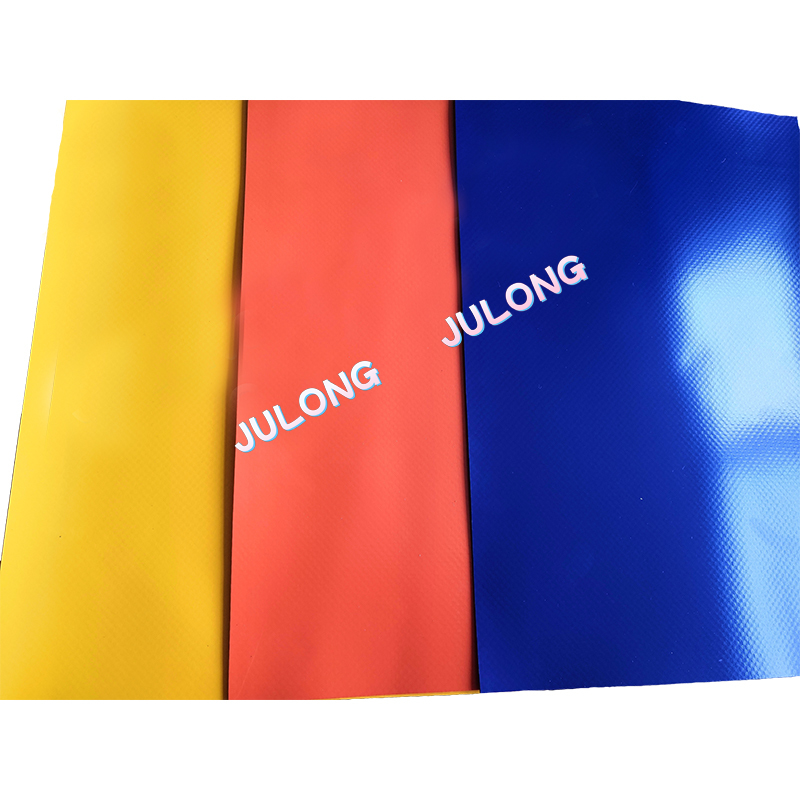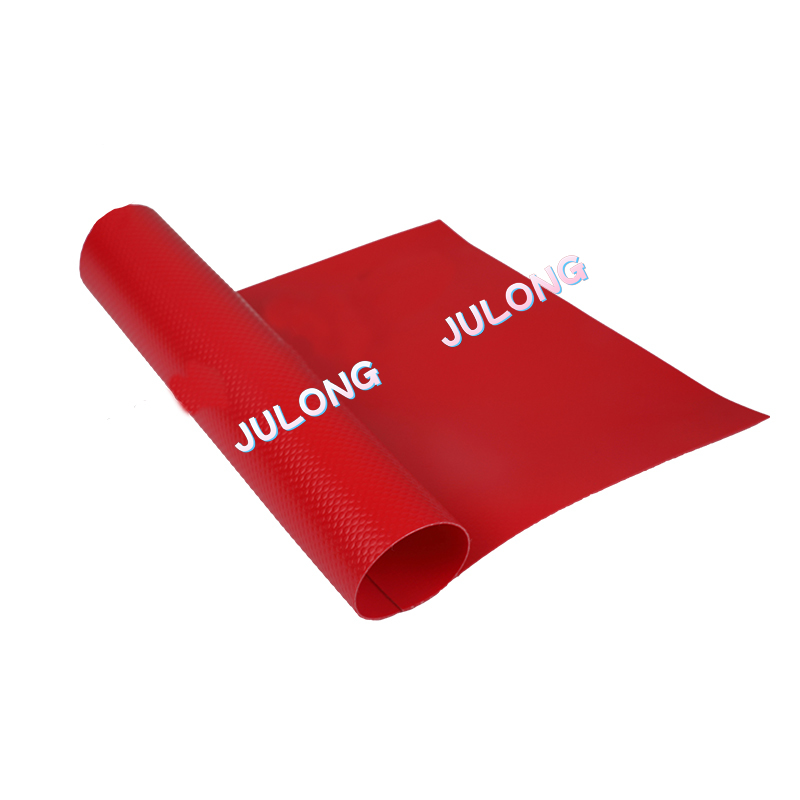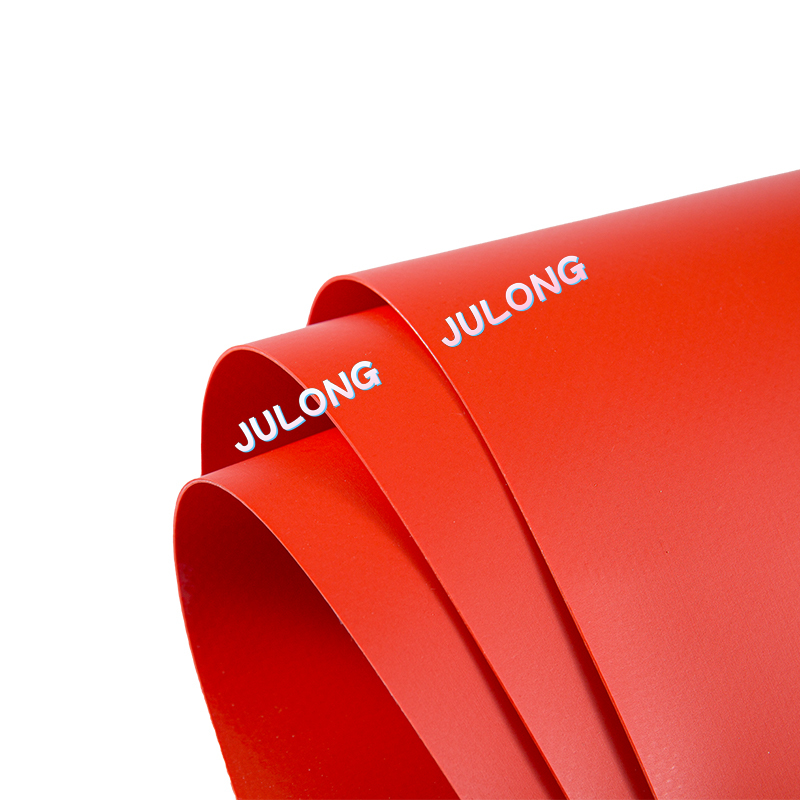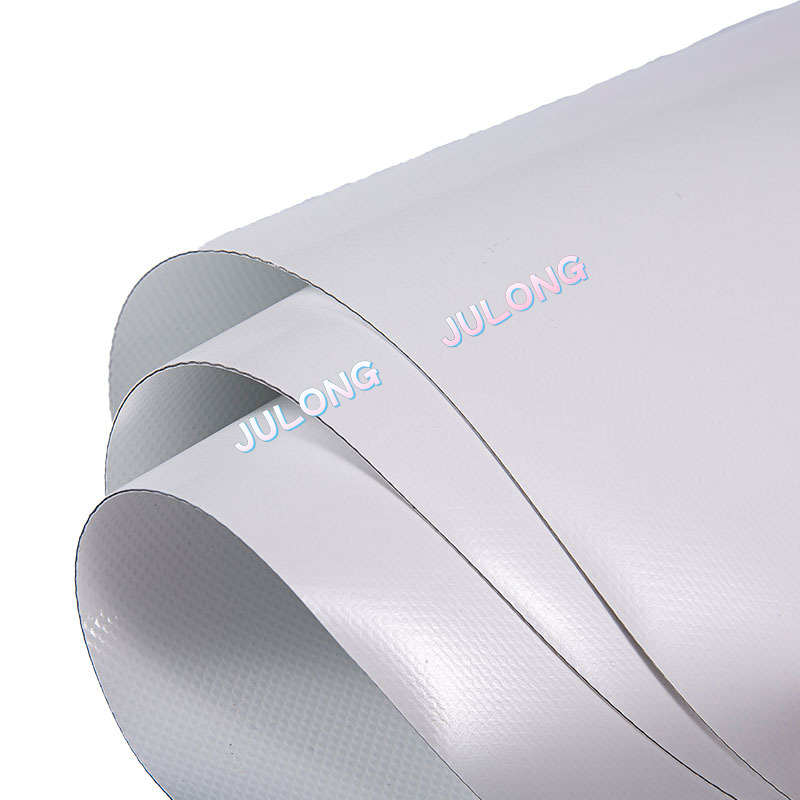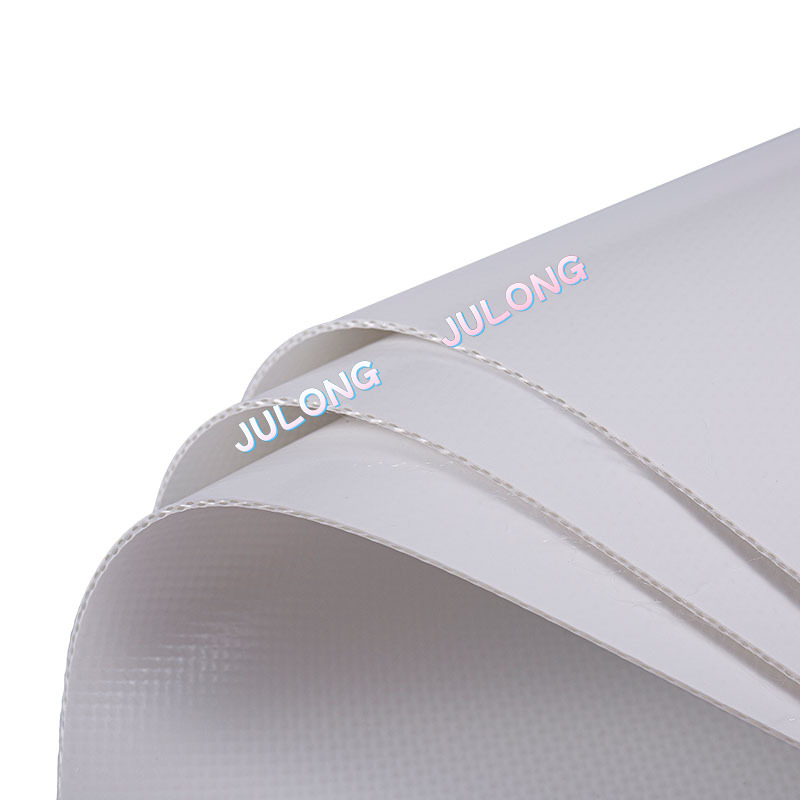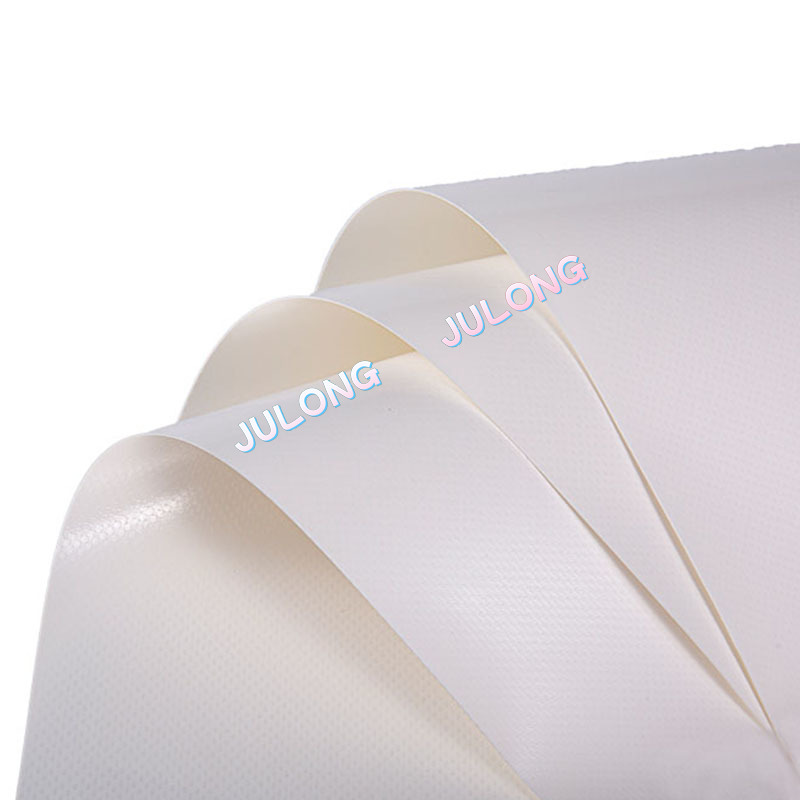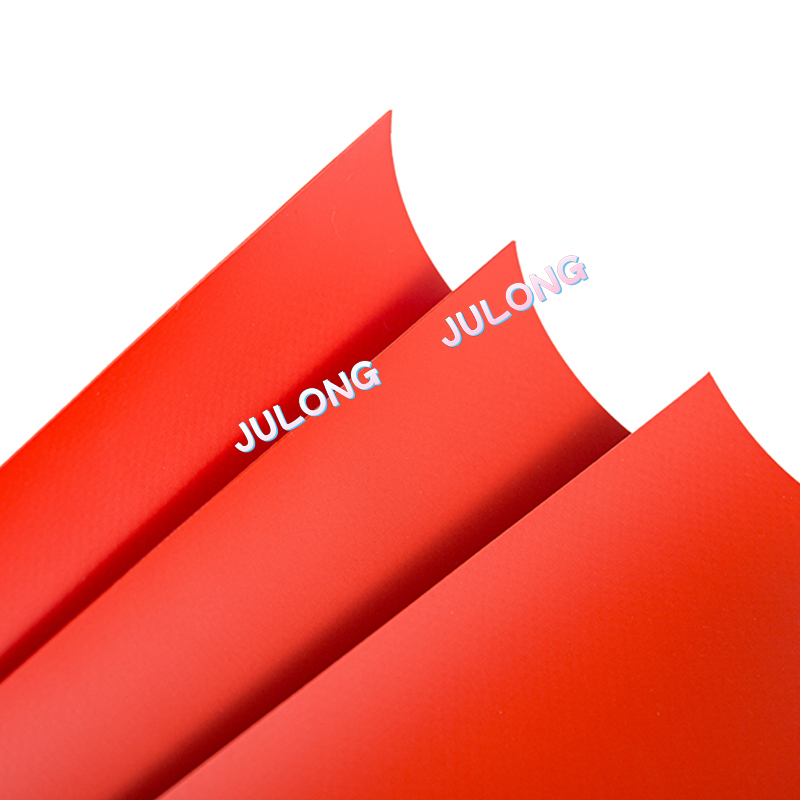PVC (Polyvinyl chloride) membrane structures are widely used in various architectural and construction applications due to their versatility, durability, and cost-effectiveness. Here are some prospects and precautions associated with using PVC membrane structure material:
Prospects for PVC Membrane Structure Material:
Design Flexibility: PVC membranes offer excellent design flexibility, allowing architects and designers to create unique and innovative structures. They can be stretched and shaped into various forms, enabling the construction of aesthetically pleasing buildings and shelters.
Lightweight and High Strength: PVC membranes are lightweight compared to traditional building materials, such as concrete or metal. Despite their low weight, they possess high tensile strength, making them suitable for creating large-span structures without the need for excessive support columns.
Durability: PVC membranes are designed to withstand harsh weather conditions, including UV radiation, temperature fluctuations, and heavy rain or snowfall. They have excellent resistance to fading, discoloration, and degradation from sunlight exposure, ensuring long-term performance.
Energy Efficiency: PVC membranes have good thermal properties, providing insulation against heat transfer. They can help reduce the energy consumption required for cooling and heating, leading to improved energy efficiency in buildings.
Cost-Effectiveness: PVC membrane structures are generally more cost-effective compared to traditional construction methods. They require fewer materials and labor, resulting in reduced overall project costs. Additionally, their lightweight nature reduces the need for heavy supporting structures, further decreasing expenses.
Precautions for Using PVC Membrane Structure Material:
Fire Safety: PVC membranes are combustible and can release toxic gases when burned. It is crucial to consider fire safety measures when using PVC membranes, especially in public buildings or spaces. Fire-retardant additives or coatings can be applied to enhance their fire resistance.
Maintenance: Although PVC membranes are durable, regular maintenance is necessary to ensure their longevity. Inspections should be conducted periodically to identify any signs of wear, damage, or potential weak points. Prompt repairs or replacements should be carried out as needed.
Installation: Proper installation techniques are crucial for achieving a successful PVC membrane structure. It is important to follow manufacturer guidelines and specifications to ensure the membranes are correctly tensioned, securely anchored, and properly sealed. Improper installation can lead to structural issues or water leakage.
Environmental Considerations: PVC is a synthetic material derived from petroleum. Its production and disposal can have environmental impacts. When using PVC membranes, it is essential to consider sustainable practices, such as recycling or responsible waste management, to minimize environmental harm.
Design Considerations: The design of PVC membrane structures should consider factors like wind load, snow load, and local climatic conditions. Adequate structural support and appropriate anchoring systems are necessary to ensure the stability and safety of the membrane structure.

Membrane structures are architectural designs that use flexible membranes, often made of materials like PVC coated polyester fabric or PTFE (polytetrafluoroethylene), to create curved and organic shapes for roofing and shelter. These structures are lightweight, durable, and highly versatile, with the ability to cover large spans without the need for interior columns. Membrane structures are commonly used for sports facilities, exhibition centers, transportation hubs, and other public spaces where a sense of openness and fluidity is desired. They offer an aesthetically pleasing and functional solution for shading, weather protection, and acoustics control. With the use of advanced computer-aided design and simulation technologies, membrane structures can be designed and engineered to meet a wide range of performance requirements, including wind load, snow load, and fire safety.

Membrane structures are architectural designs that use flexible membranes, often made of materials like PVC coated polyester fabric or PTFE (polytetrafluoroethylene), to create curved and organic shapes for roofing and shelter. These structures are lightweight, durable, and highly versatile, with the ability to cover large spans without the need for interior columns. Membrane structures are commonly used for sports facilities, exhibition centers, transportation hubs, and other public spaces where a sense of openness and fluidity is desired. They offer an aesthetically pleasing and functional solution for shading, weather protection, and acoustics control. With the use of advanced computer-aided design and simulation technologies, membrane structures can be designed and engineered to meet a wide range of performance requirements, including wind load, snow load, and fire safety.


 English
English عربى
عربى